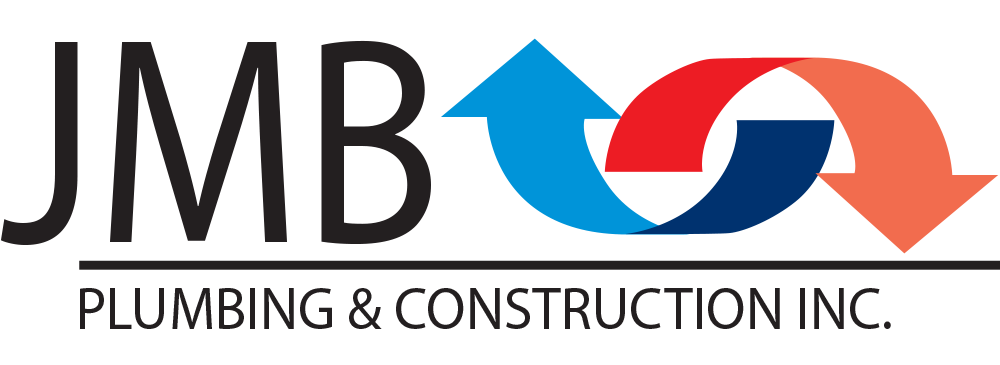Main Sewer Clogs
Main Sewer clogs are a huge pain. What causes them?
Sewer clogs are a homeowner's nightmare, causing unpleasant odors, slow drains, and potential damage to your property. Among the various types of clogs, a main sewer clog is particularly troublesome as it can affect the entire plumbing system. In this guide, we'll explore the causes, signs, and effective solutions for dealing with main sewer clogs.
Causes of Main Sewer Clogs:
1. Tree Roots:
Tree roots seeking moisture and nutrients can infiltrate sewer pipes, causing blockages. Over time, these roots can grow and create significant obstructions.
2. Foreign Objects:
Flushing inappropriate items down the toilet or pouring grease down the drain can lead to blockages. Items like paper towels, hygiene products, and even excessive toilet paper can contribute to clogs.
3. Collapsed Pipes:
Aging or damaged sewer pipes may collapse, impeding the flow of wastewater. This is a common issue in older homes with deteriorating infrastructure.
Signs of a Main Sewer Clog:
1. Multiple Drain Backups:
If several drains in your home are experiencing issues simultaneously, it could be a sign of a main sewer clog. Pay attention to toilets, sinks, and bathtubs.
2. Gurgling Noises:
Unusual gurgling sounds coming from drains may indicate a blockage in the main sewer line. This happens when air is trapped due to the clog.
3. Foul Odors:
Sewer odors emanating from drains or around the house are a clear sign of a sewer problem. This is a serious issue that requires immediate attention.
Effective Solutions:
1. Professional Inspection:
Engage the services of a licensed plumber to conduct a thorough inspection. They can use video cameras to identify the location and cause of the clog without invasive digging.
2. Hydrojetting:
High-pressure water jetting is an effective method for clearing out main sewer clogs caused by grease, debris, or mineral buildup. This process can break down blockages and flush out the pipes.
3. Root Removal:
If tree roots are the culprit, root cutting tools can be used to remove the invasive growth. Additionally, root barriers can be installed to prevent future intrusions.
4. Pipe Replacement:
In cases of severely damaged or collapsed pipes, partial or complete replacement may be necessary. Modern materials like PVC or trenchless technology can offer durable and less invasive solutions.
Preventive Measures:
1. Regular Maintenance:
Schedule routine inspections and maintenance to catch potential issues before they escalate. This can involve cleaning and clearing the sewer lines to prevent clogs.
2. Proper Disposal:
Dispose of waste properly. Avoid flushing non-biodegradable items, grease, or excessive amounts of toilet paper down the drain.
Conclusion:
Main sewer clogs are a serious plumbing issue that demands swift action. By understanding the causes, recognizing the signs, and employing effective solutions, homeowners can safeguard their plumbing systems and prevent further damage. Regular maintenance and responsible waste disposal are key to avoiding the headaches associated with main sewer clogs. If you suspect a problem, don't hesitate to consult with a professional plumber to address the issue promptly.

